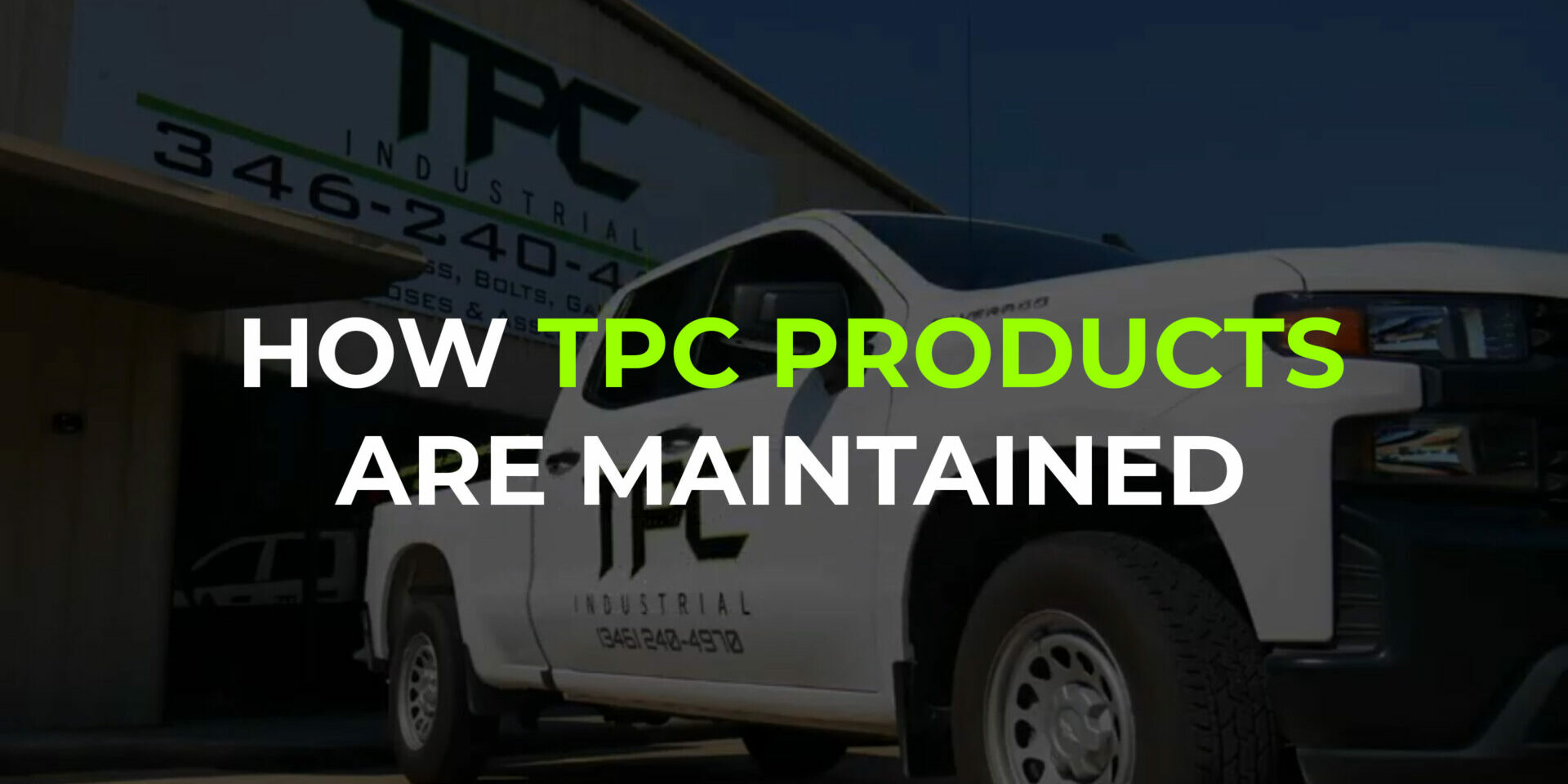The True Cost Of Low-Quality PVF Components
Substances like petroleum, chemicals, or small solids require PVF components for transfer. No matter what industry you’re in, like oil, gas, or pipe fabrication, you’ll need PVF supply. PVF includes pipes, fittings, flanges, valves, and other parts. Each one of these plays an important part in any application.
Pipes, valves, and fittings are usually lumped into the same generalized bucket—that’s why we say PVF. However, they all are unique in their own way and serve a specific purpose:
Pipes: These hollow tubular pieces are used for substance transfer such as gases, liquids, or small solids. They are made out of a variety of materials both metal and non-metal.
You have materials like copper for water supply lines. Iron or cast iron for sewage, and PVC pipe is used for irrigation. Although sometimes they are mistaken for tubes, pipes have very significant differences.
Mainly, that difference is their shape—pipes are always round. Tubes, however, come in different shapes—most commonly square or rectangular. Pipes are also usually slightly beveled on the end to make it easier to attach fittings, while tubes have flat ends.
Valves: These mechanical devices are used in flow-regulating scenarios, controlling substance transfer and the rate of flow. Different valves control the movement and force of liquids, gases, or solids in pipes, depending on the valve type
Valves operate by obstructing substance flow through the pipes with an open and closed system either partially or fully.
Valves use different methods to accomplish this task and different valves are used for different purposes. You have the most common types such as check valves, butterfly valves, ball valves, and line check valves. Some valves, like duckbill valves, are only used in specific industries like food and beverage.
Pipe Fittings/Flanges: These are essentially connectors that join sections of pipe together and can change the direction of piping as well. They can also help pipes adjust to different shapes, and sizes, and regulate or measure flow.
Quality Is Crucial
PVF components, also known as pipes, valves, and fittings, are essential elements in industrial processes. They play a crucial role in the safe and efficient transportation of fluids such as water, oil, and gas. It’s important to make sure these parts are good quality and meet industry standards to avoid any dangers.
However, not all PVF components are created equal. In fact, there is a growing concern about the use of subpar PVF components in industrial settings. Cheap products may seem like a good deal, but they can be dangerous and expensive for businesses.
One of the hidden dangers of using subpar PVF components is the risk of chemical reactions or corrosion when they come into contact with certain fluids. This can result in leaks or even complete failure of the component, leading to downtime and potentially hazardous situations for workers.
Furthermore, these reactions can contaminate the fluid being transported and compromise its quality. Quality components must be chemical resistant to meet industry standards.
Another danger is the lack of durability and reliability in subpar PVF components. These products are often made from inferior materials or have poor construction techniques. For example, subpar check valves could have abnormal cracking pressure levels resulting in faulty performance.
Weaknesses in pipes can make them prone to cracking or breaking under pressure or extreme temperatures. This can cause unexpected shutdowns or accidents that can put workers at risk.
Moreover, subpar PVF components may not meet industry standards for safety and performance. They may not be able to withstand certain levels of pressure or temperature required for specific applications. This puts both equipment and personnel at risk.
Case Studies Of Accidents Due To Subpar PVF Components
In the industrial world, different parts are important for smooth and efficient operations of equipment and machinery. But, for PVF components, people sometimes will ignore quality in exchange for saving money. This can have serious consequences in terms of safety hazards, functional failures, and costly repairs or replacements.
Let’s take a look at two real-life examples where low-quality PVF components have resulted in failures:
Fire at an oil refinery: In 2019, a fire broke out at an oil refinery in Philadelphia, PA due to a failure in one of its pipes carrying highly flammable hydrocarbons. Investigations revealed that the pipe had corroded due to poor quality materials used during its construction. The use of low-grade PVF components was found to be a contributing factor to this catastrophic event.
Leaks in pipelines: In 2016, an underground pipeline owned by Colonial Pipeline Company ruptured causing a massive gasoline leak that affected several states along the East Coast of the United States.
Investigations revealed that the pipeline failed due to corrosion caused by water seeping through cracks in the coating of its steel pipes.
Further analysis showed that inferior-quality coatings were used during construction which led to premature corrosion and ultimately resulted in the leak.
Our Commitment To Quality PVF Is Second To None
At TPC Industrial, we have a strong and unwavering commitment to providing our customers with the highest quality PVF (pipes, valves, and fittings) components in Houston, TX.
One of the key factors that sets us apart from other suppliers in Houston is our strict adherence to industry regulations and standards. All of our PVF components are manufactured using top-quality materials that are compliant with industry codes such as ASTM, ANSI, ASME, ISO, and more.
If you’re looking for quality PVF components, give us a call!







